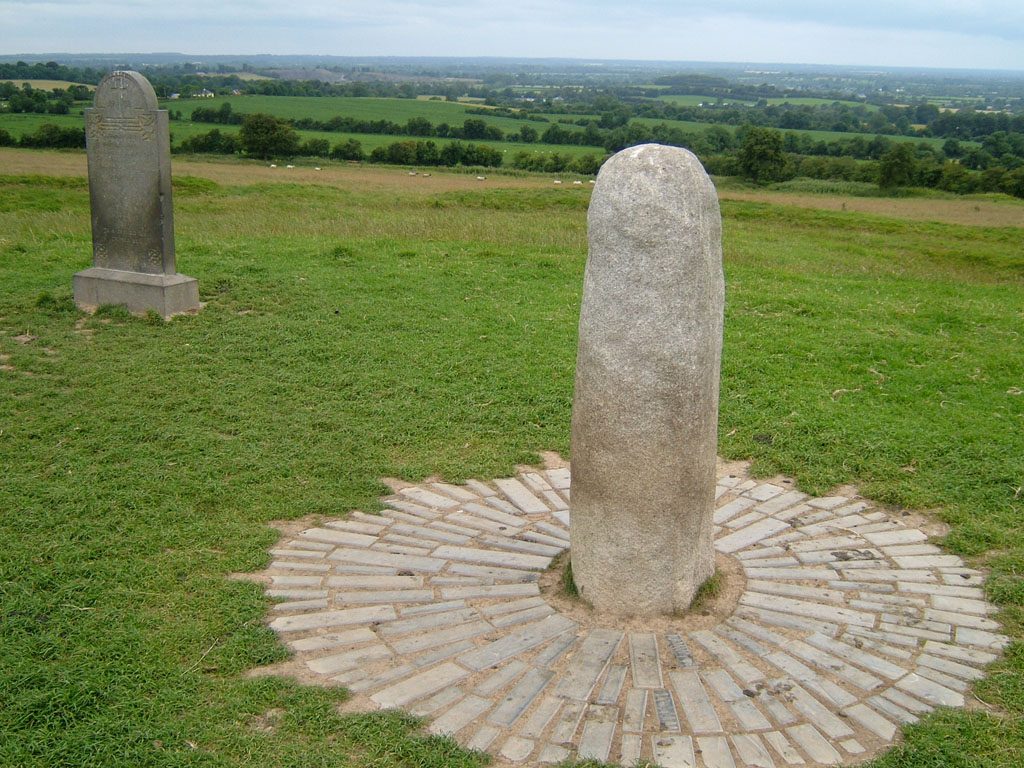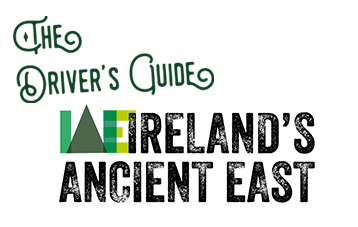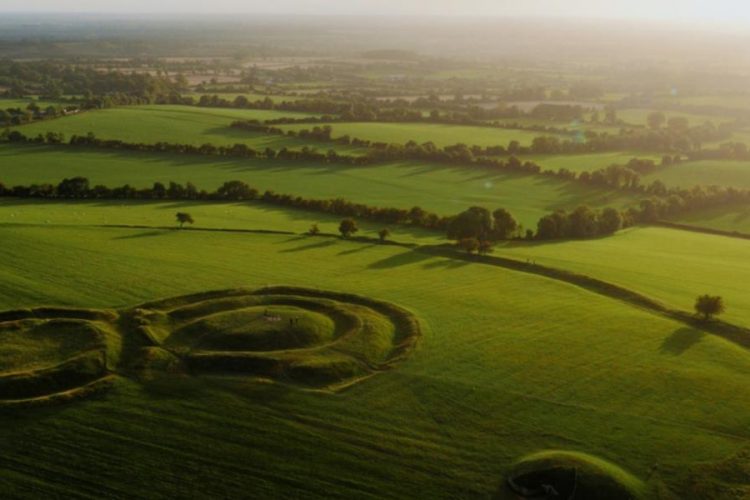JN 7 (R147) TOWARDS SKRYNE
Tara’s potent mix of archaeology, history and myth touches at the very soul of Ireland. On arrival at the Hill of Tara, you might find yourself in deep conversation with author-historian Michael Slavin ensconced in his bookshop here. Like many a local he knows a more than a tale of two about Ireland’s heroes and kings, and by the time you make your way onto the hill, you are filled with a passion for them too.
A major ritual site since the Stone Age, it became the seat of Irish High Kings in the early centuries after Christ and its complex of circular mounds, barrows, ditches and banks breathe an unmistakable aura – an evocative rallying point down the ages. A film in the visitor centre showing stunning aerial views is ideal for getting your bearings. On a day when skies glower, the long grassy hill becomes even more dramatic as, with or without guide, you explore just why the ancients believed this to be a dwelling place of gods and entrance to the Otherworld of eternal joy. The landscape that surrounds you spills secrets thick and fast. There’s the megalithic passage tomb later called the Mound of the Hostages in reference to hostage-taking customs; the mound of Cormac’s House, named after Tara’s famous King Cormac Mac Airt; the King’s Seat with the Lia Fáil or Stone of Destiny: said to roar when touched by the rightful King of Tara.

Views of the lowlands of the Boyne and Blackwater Valleys run away into the distance, as did Cormac’s daughter Gráinne when she eloped (recounted in the epic “The Pursuit of Diarmuid and Gráinne”). And in the gathering shadows you might imagine St. Patrick coming here to challenge the old religion with the new. This historic hill offers superb views and it is said that on a clear day, 23 of Ireland’s 32 counties are visible from its summit. And with any crack of thunder as you leave, it is quite easy to believe the Lia Fáil has roared.

